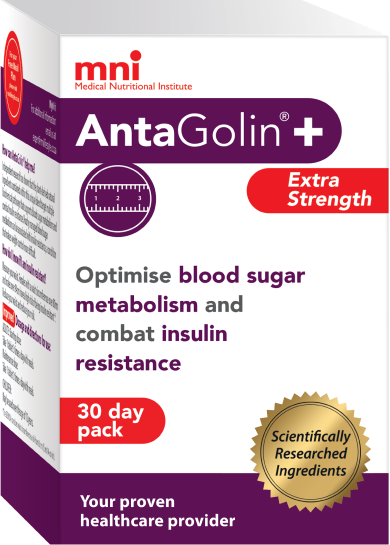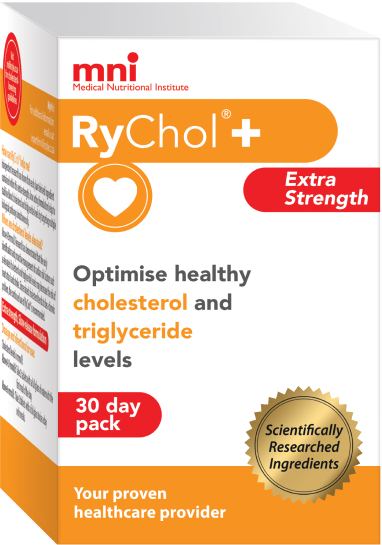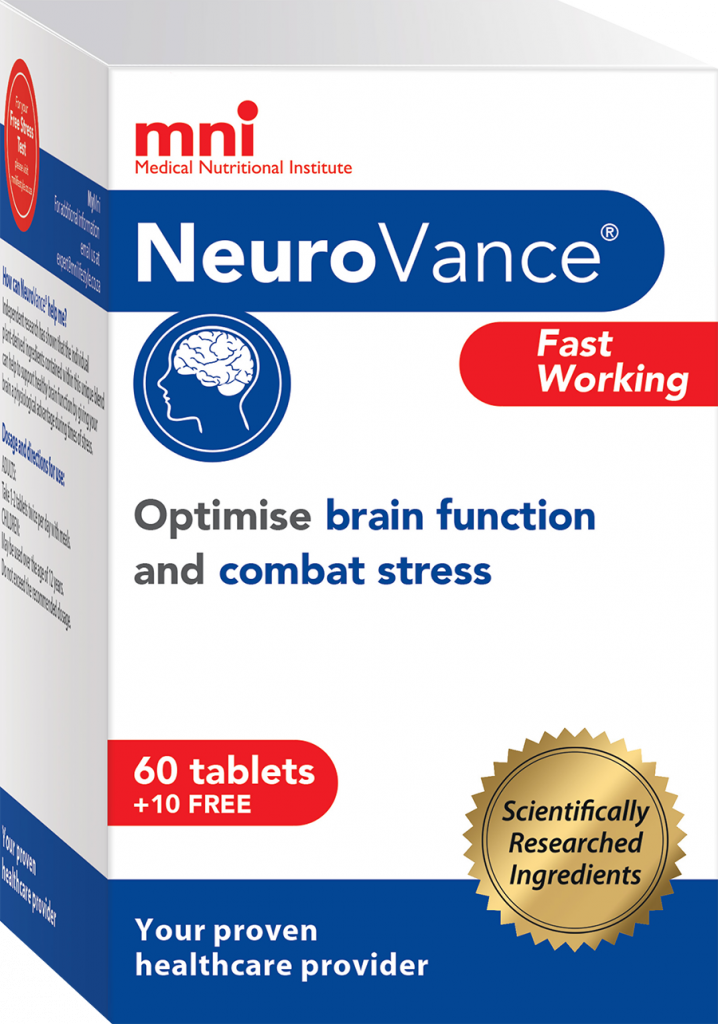Key points:
- “Sugar free” may be the ultimate marketing con
- “Energy rich” most likely means “calorie-rich”
To study the effects of cave-man dwelling on modern man’s body, scientists in a science fiction type scenario somehow “trans-pond” a group of overweight individuals back in time to live with a colony of cavemen. It would be fair to assume that they would lose weight if they followed the average caveman diet, presumably low in calorie value.
Now let’s imagine the opposite. A group of cavemen are “trans-ponded” forwards in time and allowed to set up camp outside a fast food outlet like Burger King or MacDonald’s. If they had unlimited access to the trash cans and dumpsters filled with discarded food, what would leftover burgers, fries, ice cream and soda do to their bodies?
Actually, this experiment has already been conducted and even better, recorded on film. The idea came to Morgan Spurlock whilst he was watching a news story about a lawsuit brought against McDonald’s by two teenage girls who blamed the fast food chain for their obesity predicament. In Super-Size Me, he films his experiment by eating three McDonald’s meals a day, every day, and nothing else for 30 days. After one month Spurlock gains 11 kg and develops liver dysfunction, high cholesterol and a nasty bout of depression. The worst part, however, is that it took Spurlock 14 months to undo the damage.
Tweaked by the nose
Professor Kelly Brownell, Director of the Rudd Centre for Food Policy and Obesity, thinks that the world is overlooking the real cause of its ever-expanding waistline. “The problem isn’t so much people’s lack of self-control…” he says, “…as the toxic food environment in the form of fast-food restaurants lining our main roads, the barrage of burger advertising on television and the rows of candies and sweets at the checkout counter.” Genetics loads the gun, but environment pulls the trigger.
Of particular concern to Brownell is the world’s passive acceptance of unhealthy food. People fail to recognise, for example, the possible damage done by fast-food icons such as McDonald’s. “We take Joe Camel off the billboard because it’s marketing bad products to our children, but Ronald McDonald is considered cute.” In his book on the topic he analyses the two passionately divided sides of the current food debate, aptly referred to as the “food fight”.
The one side argues that obesity, like smoking, is a public health crisis that that the government should use its legislative power to regulate the food industry and minimise the extent of junk food advertising, especially to children. This includes various ideas on how to subsidise the production of healthier foods and how to reward food manufacturers for cutting calories with tax incentives.
In contrast, the other side argues that weight is a matter of personal responsibility and that food choice should not be regulated in any form or capacity by government. While food producers provide an array of unhealthy produce, how, what and when we eat are personal choices. The real enemy is the number of excess calories that are consumed. The role of the food industry in contributing to obesity certainly has some merit, but predominantly because so many consumers make so many poor dietary choices.
The shopper’s dilemma
Mrs Savvy Shopper walks down the food aisle of the local supermarket. Her agenda for the day is to lose weight. She scours the rows of food products for clues. The word “Lite” suddenly pokes her in the eye.
“Lite”surely means low in kilojoules, doesn’t it? Actually, not always. Lite could also mean light in colour (often used for olive oil), lighter in salt, lighter in flavour or weight and may have nothing to do with the actual calorie content of food. Marketing gurus, after all, are master illusionists who choose words with great finesse. In a society where it is common to feel tired and depleted, products are often cleverly described as “energy rich” when they are actually just “calorie-rich”. This includes smokescreen tactics such as “rich in fibre”, “vitamin enriched” and “artificially flavoured” to distract you from “fattening”. The famous line “slimmer’s choice”, a description frequently used by marketers more interested in their sales than your health, often falls into this category. The European Commission, for example, has recently planned a project to ban lollipops that are composed of more than 90% sugar, but sold under the guise of “fat free”. This level of cunning is often extended to dairy products which are touted as “rich in calcium”, which they no doubt are, but without the inconvenient warning to consumers that they are also “rich in fat”.
‘Sugar free’ can most certainly mean that the product contains no table sugar (called sucrose). It may, however, still be laced with large quantities of sugar in the basic form of glucose contained in larger molecules under the guise of technical terms such as ‘dextrose’, ‘maltose’, or ‘maltodextrin’. These agents that may potentially be more detrimental to your health than sucrose. The sugar alcohols ‘sorbitol’, ‘lactitol’ and ‘maltitol’ are other examples and may cause gastrointestinal upset. The excessive intake of fruit sugar (fructose) is highly fattening and has now been implicated in the development of insulin resistance, a condition that makes you increasingly more prone to gaining weight.
Also often misleading is the term ‘Diabetic product’. This trades on the antiquated concept that diabetics may never allow sugar in the form of sucrose to pass their lips. Diabetic products, especially some ‘diabetic biscuits’, are sometimes extremely high in GI value, because of sugars like maltose, and are often also very high in saturated fat content. This, for obvious reasons, is conveniently hardly mentioned, a bad idea when it comes to diabetes, since this condition also makes you more prone to heart disease and stroke.
‘Fat reduced by 30%’ can also be misleading if one asks: reduced from what? Cheese, for example, contains approximately 30% fat. Reducing it by 30% means that it now contains 20% fat, which is still high in fat content. ‘Cholesterol free’ – may be true regarding the molecule cholesterol, but it may contain many other molecules of fat, including trans or saturated fat. ‘Healthy choice’ is another rather ambiguous term. The food industry has become so expert in adding synthetic flavourings and colourants to make food taste, smell and look better, that a ‘health’ product like fruit yogurt is usually no more than an artificial illusion, frequently not containing a single particle of real fruit. Once your taste buds are used to this artificially-created flavour, it may be quite a disappointment for them to sample real yogurt containing real fruit.
The curious case of portion perception
Research has repeatedly demonstrated that if we are served a portion, we usually consume every morsel. Studies, for example, have shown that after infancy, our appetites adapt according to the size of the portion on our plate. If, for instance, adults are given four different portion sizes of macaroni cheese, their calorie intake would increase by 30% if they ate a 1 kg portion, rather than an already sizeable portion that weighs 500g. Even worse, when interviewed after committing the deed, the test subjects who ate the largest portions felt no more ‘full’ than those who ate the smallest portion. Interestingly, it transpired that test subjects hardly notice a difference in portion size. The truth is that without knowing it, you can fill a stomach that’s already creaking at the seams with food, quite comfortably with a few additional servings. After all, has anybody ever met that naughty boy in real life who, according to your mother, “burst his stomach” from eating too much food?
Besides macaroni cheese, portion-size studies have repeatedly been carried out with other food items, including different sized sandwiches, packets of crisps, popcorn, etc. Research therefore concludes that consumers tend to eat as much as what is placed in front of them.
In the caveman experiment it is easy to assume that cavemen would find sufficient leftover food in the dumpster to become obese. Actually, it would be more likely that they will only survive off the ‘crumbs fallen from the table’. Camping outside the dumpster, caveman’s survival may be more dependent on food parcels from the Salvation Army, rather than leftover food.
More is less
Who’s to blame for the concept of modern portion size? In the 1960s, for example, McDonald consumers in the US were quite happy with one small portion of fries and seldom ordered a second serving. For marketers, fuelled by profit incentive, this was somewhat of a stagnant business case and a plan had to be hatched. The bright spark of an idea was to lure or seduce a customer into the illusion that by buying an extra portion for a nominal additional fee, the consumer was in fact a savvy spender with the ability to ‘invest money wisely’.
Once this idea sunk root, serving size began to flourish, at first incrementally, but once the dust had settled and fast food producers vied to outperform each other, it became quite reckless. The end result is that on average, fast food portions in the US are now five times larger than they were 20 years ago. Of course, the truth is that by doubling the portion size, the food producers hardly ever double their costs. In fact, the increase in cost to the manufacturer can be as little as an extra 5%.
Super-size portions lead to super-sized people. If you consider the additional healthcare cost occurred by obesity, which includes the increased risk of premature death from stroke, cancer and heart attacks, this could easily be the worst investment ever made by man.
A taste to die for
Thousands of years of famine and food shortages have conditioned us to crave energy-rich food. Our passion for sugar is ancient and powerful. If you wet a baby’s lips with sweetened water, for example, a smile follows almost immediately. Since our brains only burn sugar, some anthropologists have postulated that our persuasive craving for sugar has led to the accelerated development of the human brain. The same goes for fat and salt, to which we, like many other animals, are irresistibly drawn to.
Do not underestimate the temptation of the modern food environment – food is abundant, quite fattening and then of course, also rather delicious.
Download your FREE Insulin-friendly (C.A.P.E) meal plan: Click Here







